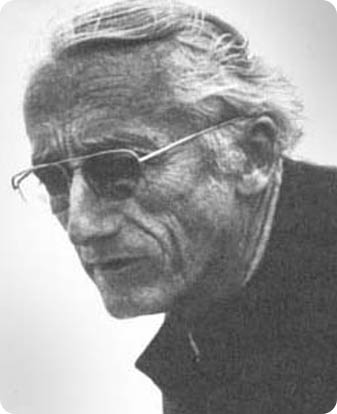TV shows like “Planet Earth” and “The Blue Planet” offer spectacular views of life in the oceans. These programs were made possible in large part by the work of a single man. He helped develop underwater photography and scuba diving, and he hosted the first TV show that regularly transported viewers into the undersea realm.
 Jacques Cousteau helped develop underwater photography and scuba diving. Credit: wikipedia.
Jacques Cousteau helped develop underwater photography and scuba diving. Credit: wikipedia.Jacques Cousteau was born in France in June of 1910. He joined the French navy in the 1930s, and was about to become a naval aviator when he was seriously injured in a car wreck. As part of his recuperation, he swam in the Mediterranean. When a friend gave him a pair of goggles, he was mesmerized by the wonders he saw beneath the surface.
During World War II, Cousteau and an engineer invented the aqualung -- the combination of air tanks and regulator that made scuba diving possible. Cousteau later wrote a popular book about his observations of the undersea world, and produced an Oscar-winning documentary.
Cousteau explored the world aboard an old British minesweeper, the Calypso, that he converted into a marine laboratory.
In 1968, he began a new television series, “The Undersea World of Jacques Cousteau.” The program showed the world the beauty of the oceans, and made Cousteau an international star. His red cap, spectacles, and heavily accented English became well-known symbols of the lean and tanned explorer.
Cousteau died in Paris in 1997. But his legacy continues -- a legacy of exploring -- and explaining -- life beneath the waves.

